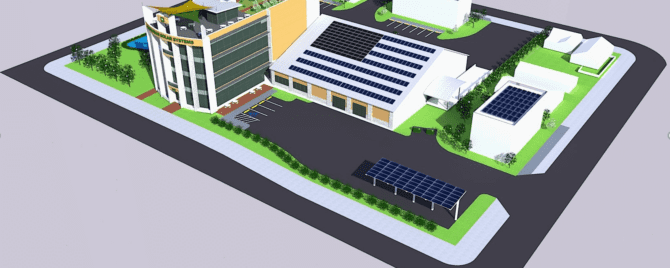Living close to the coast, we are all too familiar with hurricanes causing power outages during the summer and autumn months. Regardless of whether you choose to ride them out or evacuate, we all have the basic hurricane prep down and have learned how to stay cool without air conditioning.
However, our “survival skills” are equipped for the hurricane-prone warmer months–what do we do when there’s an extended, widespread outage during the cold winter months? While we might not get the extreme winters of our northern or western neighbors, we do see temperatures drop below freezing in January and February. It’s important to know what to do in the worst case scenario, so here are 10 tips on staying warm in a winter power outage:
1. Recognize hypothermia
You can prepare your home as much as you want, but if the temperature drops too low, you need to be able to recognize when it becomes an emergency. According to the Mayo Clinic, hypothermia is medical emergency that occurs when your body loses heat faster than it can produce heat, setting in when your body falls below 95° F (normal body temperature is 98.5° F). According to the National Weather Service, hypothermia can occur in temperatures as high as 60° F, particularly if you’re in water or outside without proper winter clothing. Common symptoms include shivering, memory loss, slurred speech, drowsiness, and more. If you suspect someone may have hypothermia, call 911.
2. Bundle up
While it may seem like the most obvious tip, it also is the most essential. Maintaining a safe internal body temperature is critical to stay healthy and prevent hypothermia from setting in. The National Weather Service recommends dressing in layers of loose-fitting, lightweight, warm clothing that can be removed to avoid overheating, perspiration and subsequent chill. When adding layers, focus on areas with vital organs or where heat typically escapes, such as your core, head, feet, and hands.
3. Close off unnecessary rooms
When the power goes out, your first priority is to retain as much heat as possible in your home. Unless you live in a studio apartment, you probably have rooms that aren’t utilized daily. Closing the doors to these rooms will help avoid losing heat to unneeded living space. Try to limit the number of rooms you use–especially at night. The National Weather Service recommends bunking together to maximize heat conservation.
4. Seal up doors
After closing the doors, stuff rolled-up towels or rags into the gaps at the bottom. Blocking this opening will prevent heat from escaping or cold drafts from entering and lowering the interior temperature.
5. Lay a thick area rug or blanket on the floor
If you have hardwood, tile, or linoleum floors, you’ll want to add a layer of insulation on top. Whether an area rug or just a blanket, the added layer will prevent the floors from absorbing the heat in the air. It will also feel warmer as you walk around.
6. Utilize your window coverings
You know those window coverings that you don’t really touch? Those are going to come in handy. Following passive solar design principles, it is important to let in as much sunlight as possible during the day. As sunlight enters the windows and hits the floor or a wall, the solar thermal energy will be absorbed and then diffused into the rest of the house. At night, close the shades, blinds, and/or curtains to keep the home’s heat from escaping through the window panes.
7. Set up your bed with heat conservation in mind
With the rest of your house prepped to retain as much heat as possible, it’s imperative your bed is equally as prepped. As symptoms for hypothermia include drowsiness and confusion, you won’t realize it’s set in until it’s too late–especially if you’re already trying to sleep. Move your bed away from any windows and against interior walls. The glass from window panes will cool down in the evenings, cooling the air directly inside the windows. For further warmth, use heavier bedding, a sleeping bag, or even a tent on your bed. Sleeping inside a tent will trap your body heat in a “bubble” with a smaller area than your overall room.
8. Revive the hot water bottles
If you have the ability to heat water or have access to hot water, try adding hot water bottles to your bed. It may be old school, but it still has plenty of modern day functionality, especially when you don’t have power. Your toes will thank you when you crawl into bed!
9. Maintain healthy eating and drinking habits
While power outages provide a lot of stress, and it can be tempting to reach for the hot coffee or an alcoholic beverage, try to limit caffeine and alcohol as much as possible. Both stimulants and depressants cause your body to lose heat, and you can end up in a worse scenario. Eat as normally as possible and be sure to stay hydrated–cold air is very dry.
10. Avoid overexertion
While it may seem like a good idea to exercise to warm up your body, be careful not to push yourself too far. Wet clothes from perspiration and cold weather could increase the risk of hypothermia.
These 10 tips will help you stay as warm as possible until the power comes back on. Of course, if you want to avoid losing power altogether, consider pairing solar panels with a battery for your home. Give us a call today at 910-409-5533.



